So, the topic of our conversation today is malware. We will find out what they are, how they manifest themselves on computers, how one can “catch” this infection, and also classify them all by danger. In addition, let's try to understand how we can remove them from the operating system once and for all. What programs will help us with this? Which ones do the job best? All this will be discussed now.
What are there
Let's start by understanding what types of malware are. After all, computer treatment largely depends on this. Each infection has its own approach that helps eliminate the root of the problem.
In general, a malware is any application created with the purpose of destroying the operating system and obtaining the user's personal data. Plus, the main feature is to cause harm to your computer. So you will have to work hard to protect yourself from this infection.
Malicious programs, as already mentioned, can be classified. Moreover, using this very classification, you can determine the degree of danger of a particular application. Let's introduce you to all the types.
The first option is spam. The least dangerous, albeit unpleasant, viruses (malware) that can be encountered. Usually aimed at displaying numerous advertisements and cluttering the central processor with their tasks. Sometimes personal data can be stolen.
The second type of viruses are worms. It is also a very “weak” infection. As a rule, it gets onto the computer for the purpose of its own reproduction. Plus, as in the previous case, they load the processor. The consequence is that the computer slows down. Not critical, but still unpleasant.
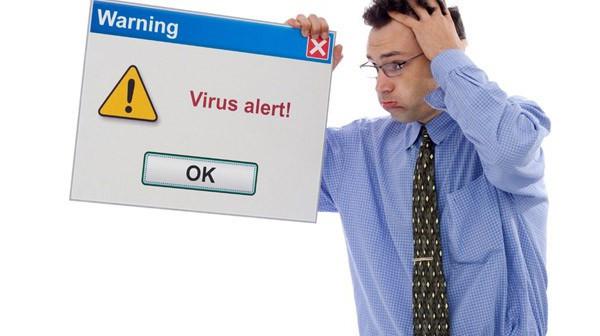
The following malware are Trojans. They are the most dangerous objects. They destroy the operating system, litter your computer, steal your personal data... In general, a “hodgepodge” of all malicious applications. They must be disposed of immediately.
The last option that may occur is spies. Aimed at identity theft. Sometimes they can destroy the operating system and multiply. Not particularly dangerous for the user and computer, but for data it is a big threat. The system needs good and reliable protection against malware in order to keep all documents safe and sound.
Where do they live?
Well, we have already introduced you to the classification, as well as the degree of danger of all computer infections that a modern user may encounter. Now it’s worth finding out how malware spreads, as well as where you can find it.
The first leader on our list is suspicious advertising on the World Wide Web. For example, offering a free download of a book that will teach you how to earn millions in 2 weeks. Sometimes it’s enough just to follow a link or banner and your computer will already be infected.
Also, viruses and malware are constantly present on prohibited sites, intimate resources, torrents, and so on. As in the previous case, you just need to visit the site - and the infection will already be on your computer. Most often, even the most will not be able to help you prevent infection.
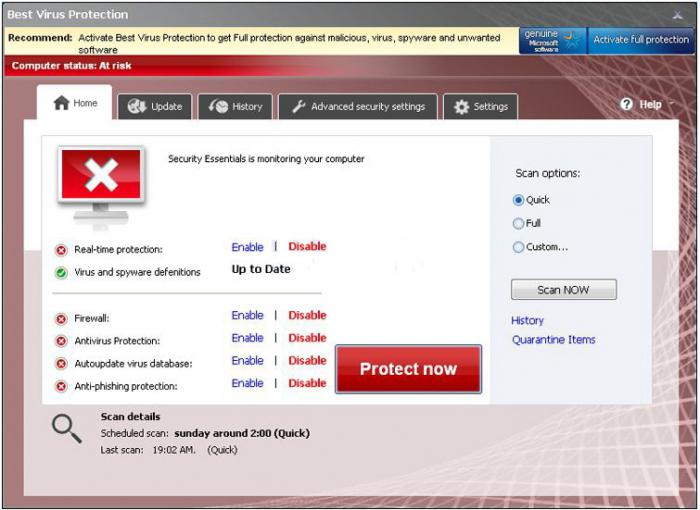
The third place is occupied by various types. They, as a rule, download some document you need onto your computer, and then “wagon” install malicious content. Try not to use such managers very often. It’s better to wait a while and download the document using a browser - at least some kind of protection is already there. Not particularly good, but nevertheless in most cases it really helps us.
Sometimes malware is spread using email campaigns. You go to an unfamiliar letter sent to you - and you're done! It's best to refrain from reading obscure messages unless you know exactly where it came from.
Manifestation
Well, now it’s time to find out how you can understand that your computer is infected. After all, this is what helps us start thinking in time about how to remove a malicious program from a computer. It should be noted that users stopped paying attention to many “signals”. Now we will remind you of them so as not to lose sight of anything.
The first obvious sign is the appearance of brakes on the computer. All this is due to the CPU load. Although this behavior may be caused by a banal system failure. It’s just better to play it safe once again and check your computer for viruses.
The second signal is the appearance of new content on the computer. In this case, we are only talking about software that you did not install. And sometimes we have not even heard of its existence. It’s not worth running these, much less trying to work in them.
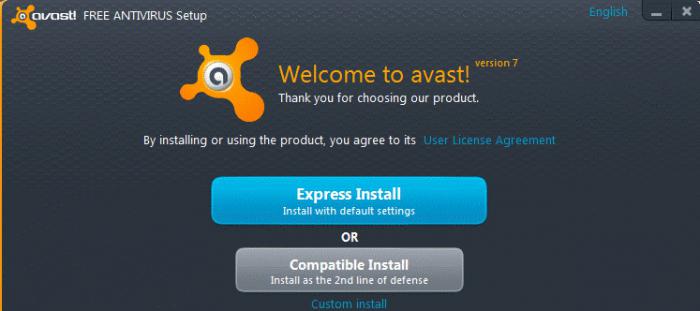
Next comes the appearance of spam and advertising on your computer, as well as a change in the start page of your browser. In this case, you should immediately sound the alarm - after all, you definitely have some kind of infection. The anti-malware protection apparently failed and allowed some kind of virus to pass through.
Also, your computer may experience a variety of glitches and problems. There are errors in applications, spontaneous shutdown/reboot and many more similar “surprises”. All this should be paid special attention to.
How to remove: antivirus
Now it's time to find out what malware removal programs are available. The first applications that we will get acquainted with are: This software is aimed at finding and removing infiltrated infections on the computer, as well as providing reliable protection for the operating system.
To be honest, there are a lot of antiviruses out there now. Any user can install the one that he specifically likes. There is no fundamental difference between them. Nevertheless, Dr.Web, Nod32, Avast do their job best. As many users note, it is these antiviruses that quickly detect the infection and then remove it, causing minimal harm to the operating system.
Anti-spies
The second ally in the fight against viruses is an antispyware program. Unlike an antivirus, the action of such content is aimed at detecting and removing computer spyware viruses. They won't find any Trojans. As a rule, they are used after antivirus on the computer.
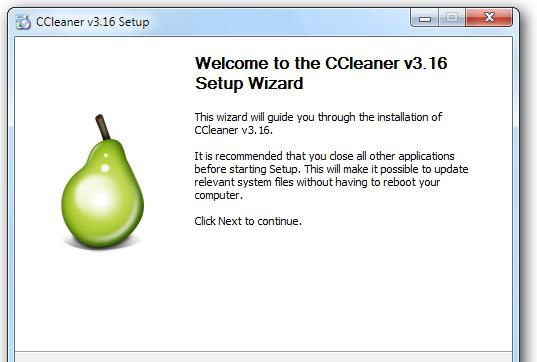
Malware removal programs are very extensive. Nevertheless, among them there is one leader who is excellent at finding and eliminating spies in the operating system. This is SpyHunter.
Simply download, install and activate the latest version of this software. After that, launch the application, configure the scan and launch it. Next, delete everything that was detected (a special button will appear for this). That's all. The application is freely available and has a simple and intuitive interface.
For the registry
Sometimes viruses and spyware are written into your computer's registry. This makes the healing process much more difficult. What can be done in this situation?
Of course, you can clean the registry of the virus yourself. But it is best to use special utilities for this purpose. For example, CCleaner. With its help, you can easily scan your computer and then clear all “unnecessary” and dangerous data located in the system registry.
To do this, download, install, run and configure the program. After launching, on the left side of the screen you need to check all the hard drive partitions, as well as browsers. After that, click on “analysis” and then on “cleaning”. That's all. Quite easy and simple. Even a novice user can handle this application.
Removing programs
Of course, everything that was described above is an excellent step to eliminate all viruses hanging over the system. True, you shouldn’t limit yourself to them. Let's find out what other steps you should take if you suddenly find some kind of computer infection on your system.
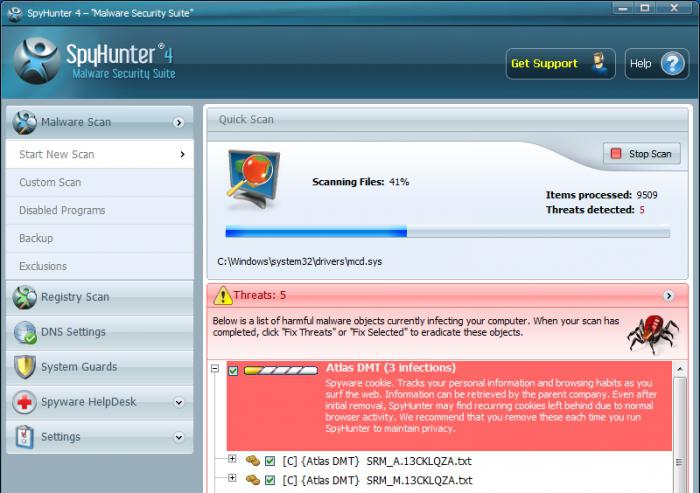
Of course, this means removing all unnecessary programs on the computer. With all this, special attention should be paid to the content that appeared after the system was infected. To get rid of it you will have to use There, find “Add or Remove Programs”, and then wait for the list of all installed content to load. Next, find what was installed “by itself”, highlight the line and click on “delete”. That's all.
We are ending the fight
Today we talked to you about malware, classified it and understood what signs distinguish a healthy computer from an infected one. In addition, we got acquainted with the most popular programs for removing computer infections.
In general, all healing of operating systems comes down to the following algorithm: all installed (third-party) applications are removed, the system is scanned using an antivirus, then scanned with antispyware, and then the registry is cleaned. It all ends with a simple reboot of the computer. Thus, all problems are solved.

